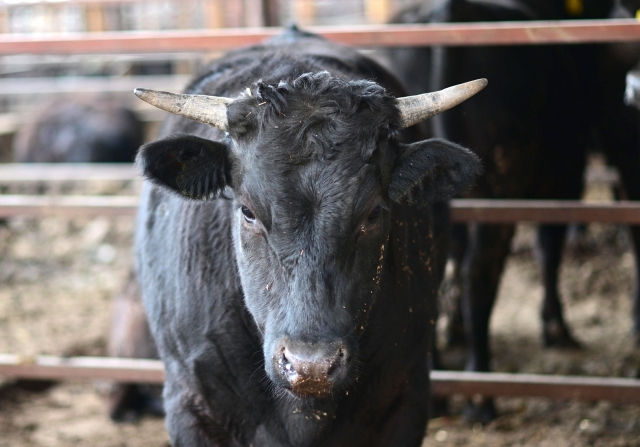
Authentic Japanese Wagyu is world-renowned for its buttery texture, subtle umami flavor, and unmatched tenderness, achieved through ample streaks of intramuscular fat deposits. Wagyu farmers in Japan achieve this exceptionally tender, gorgeously marbled beef by raising cattle in a stress-free grazing environment and by keeping their heritage pure to the Wagyu bloodline.
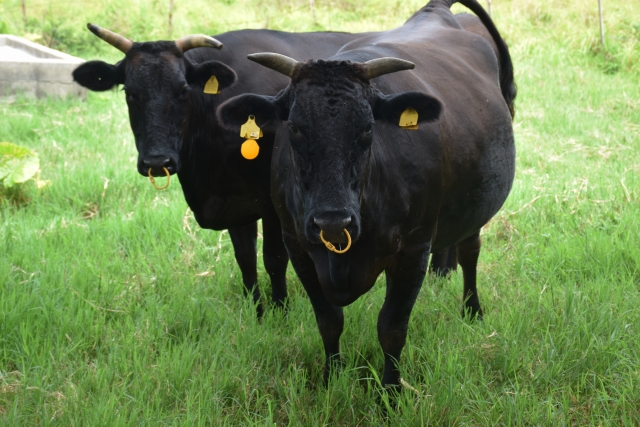
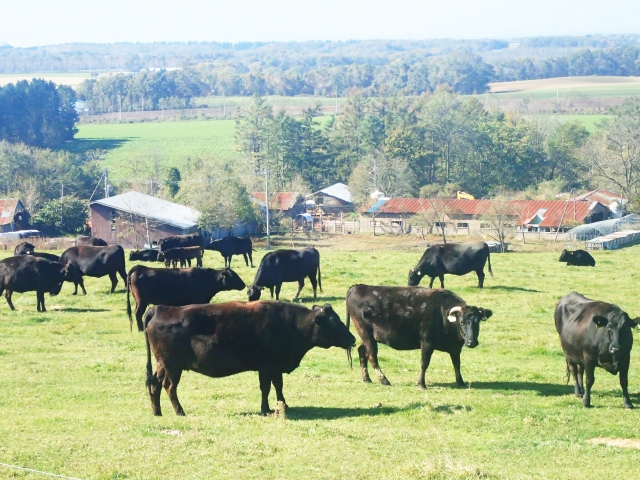
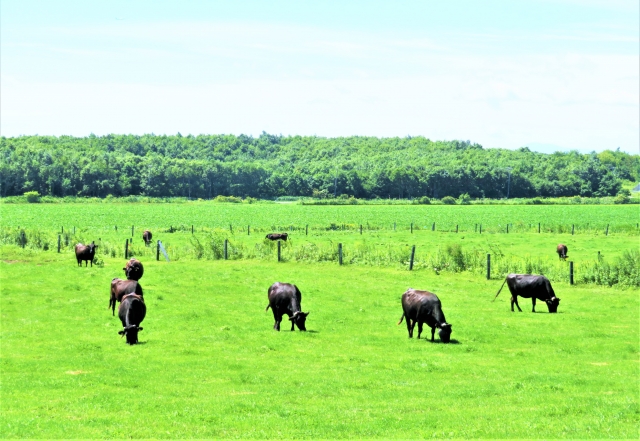
Wagyu is produced primarily from the Japanese Black (Kuroge) cow in Japan and must first be graded by the Japanese Meat Grading Association. A5 is the highest grade given through the strict standards of this system. To earn the prestigious A5 grade, beef must rank high on the Beef Marbling Score (BMS), Beef Color Standard (BCS), and Beef Fat Standard (BFS). It must also exhibit exceptional firmness and texture.
Wagyu traditionally refers to four historically Japanese breeds: black (the most prevalent, about 90%), brown (or red), polled (hornless), and shorthorn. Genetics set pure Wagyu apart from all other beef, with vastly superior marbling and fat quality. At its best, fat is evenly dispersed and does not appear in bands or clumps, but instead as either tiny pinhead dots or a spider web of ultra-thin veins throughout the entire muscle. While most raw steaks are red and white, Wagyu is uniformly pink, a highly integrated blend of meat and fat. It is also unusually high in healthier unsaturated fatty acids—especially oleic acid, which is responsible for the meat’s unique flavor. These monounsaturated fats have a lower melting point, below human body temperature, meaning they literally melt in the mouth. Instantly recognizable, Japanese Wagyu looks and tastes markedly different from almost all other beef, with a very rich, tender, and fatty flavor that is often compared to foie gras or butter.
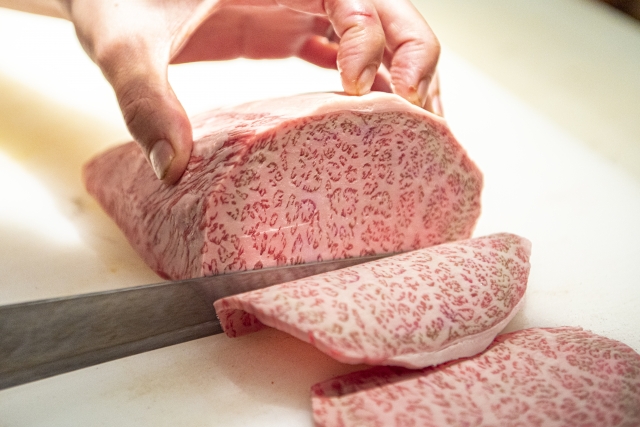
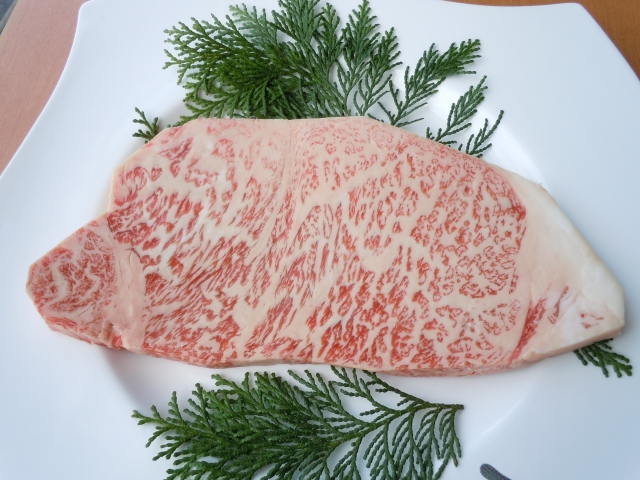
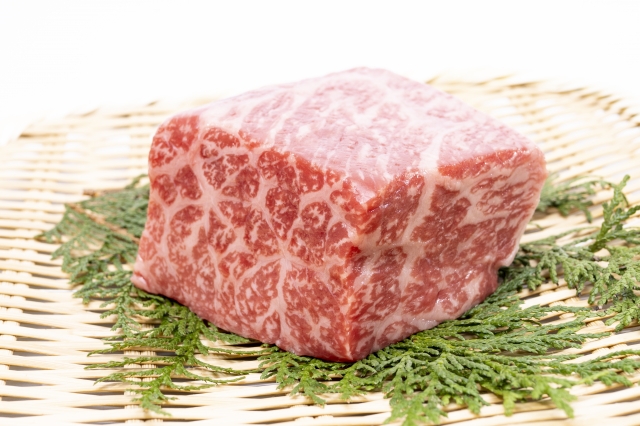
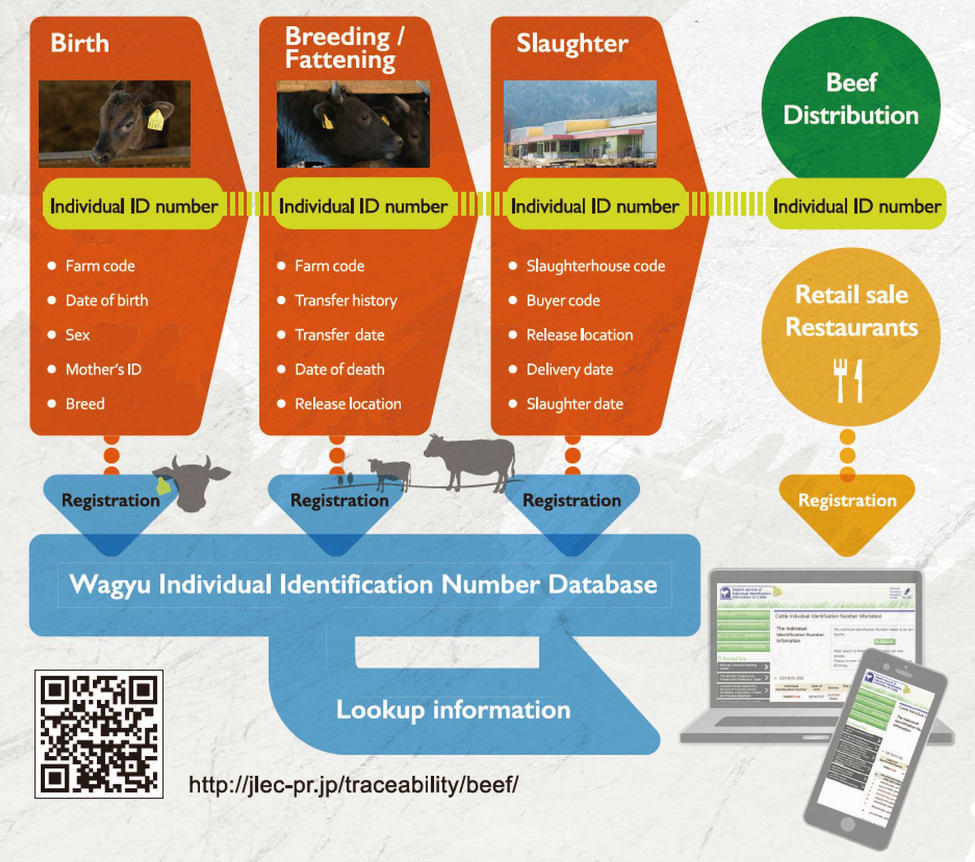
All rights reserved @2023